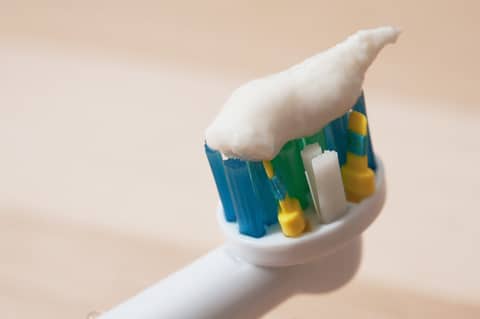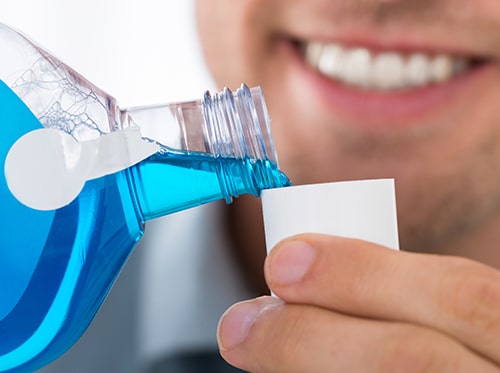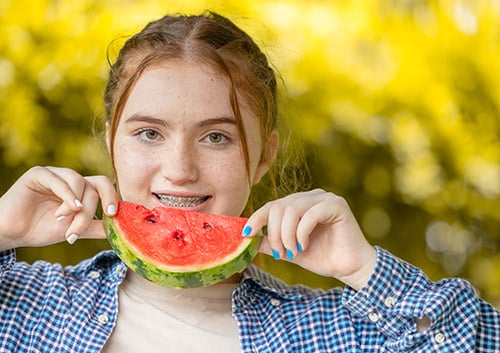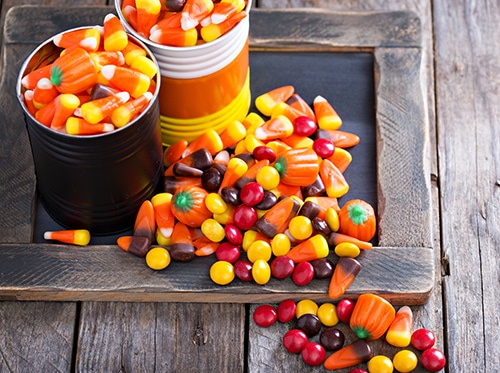Blog
Our Blog
Kristin Cavallari and Palatal Expanders
It’s no easy feat to have one of the best smiles in Hollywood. The reality TV starlet Kristin Cavallari attributes her gorgeous smile to routine oral hygiene, the removal of two impacted wisdom teeth, and having undergone orthodontic treatment. Kristin’s treatment began in sixth grade when she was fitted with
Thanksgiving Trivia
At Zaidi Orthodontics we love learning trivia and interesting facts about Thanksgiving! This year, Dr. Sheeba Zaidi wanted to share some trivia that might help you feel a bit smarter at the holiday dinner table and help create some great conversation with friends and family. The Turkey There is no
Fluoride and Your Orthodontic Treatment
Our team at Zaidi Orthodontics knows that there are many ways you can protect your pearly whites throughout your orthodontic treatment. If you follow the rules and brush your teeth twice a day, floss often, and protect your appliances from damage, you should have a successful treatment. But did you
Considerations When Picking the Right Mouthwash
A solid oral health routine begins with daily brushing, flossing, and rinsing. Without a consistent oral health regimen, you may begin to experience tooth decay and bacterial infections. Few patients ask Dr. Sheeba Zaidi about different mouthwash options, so we’ve put together a list of the conditions that mouthwashes can
National Brush Day
October 31—Halloween. Fourth Thursday in November—Thanksgiving. And, in between these two favorite autumn holidays, we have November 1—National Brush Day! Okay, okay. Maybe National Brush Day isn’t quite as well-known as Halloween or Thanksgiving, but we take any opportunity to celebrate your dental health. So, let’s celebrate brushing! After all,
Witch Halloween Treats Are Trickiest for Your Teeth and Braces?
It’s that time of year again—Halloween! Carving pumpkins. Creating costumes. And, of course, collecting candy. But some of the candies in that collection aren’t much of a treat for your teeth. When you’re deciding on the perfect pieces to choose from the candy cauldron, here are some tricks to identify
Don’t let braces ruin your Halloween
Halloween is a time to enjoy delicious candies you might avoid the rest of the year. Youngsters who get to dress up and ask for sweet treats out trick-or-treating cherish this holiday. If you have braces on, Dr. Sheeba Zaidi would like you still to have fun and celebrate Halloween
What are the benefits of early orthodontic treatment?
Parents usually have numerous questions about orthodontic treatment for their children. According to the American Association of Orthodontists, orthodontic treatment for children should start at around seven years of age. This allows Dr. Sheeba Zaidi to evaluate the child’s existing and incoming teeth to determine whether or not early treatment
Flossing Fact or Flossing Fiction?
Somewhere in a bathroom drawer or medicine cabinet, we all have one—that little plastic dental floss dispenser. And whether you use your floss every day (yay!), or have completely forgotten it was in there (not so good), just how much do you know about that sturdy string? Let’s find out!
Top Things to do BEFORE You Get Braces
So you’re about to get braces. Congratulations! You are taking a very smart step to improve the health of your teeth as well as get that killer smile in shape. But, as with anything that is good for you, there are a few things you will have to avoid while









